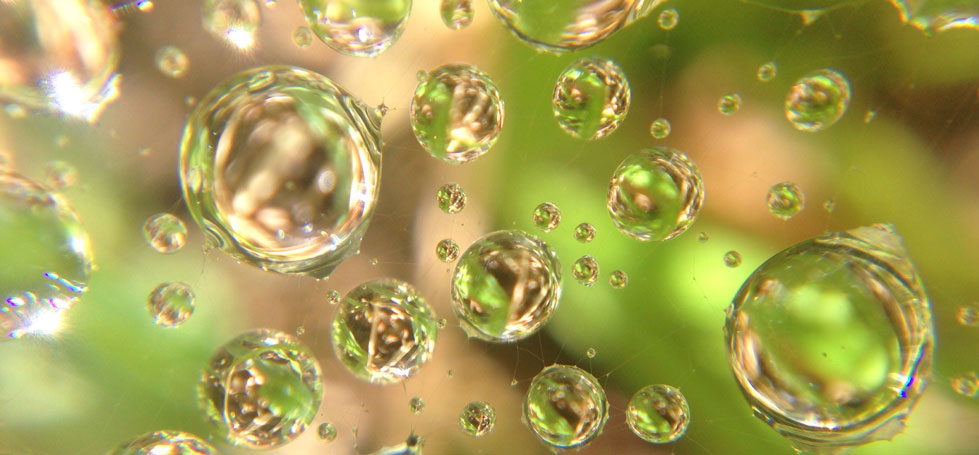Halogenated compounds contain in their molecular structure an halogen, that is, molecules of chlorine, bromine, fluorine, iodine, etc. Several organic compounds may contain halogens, and thy are dangerous for people and the environment. Some examples of halogenated compounds are methyl chloride (CH3Cl), methyl bromide (CH3Br) and methyl iodide (CH3I).
Some of the problems caused by halogenated compounds are contamination of water, soil and air, and they also destroy the ozone layer. Due to the decomposition of these compounds, they can lead to inorganic compounds that can also directly affect the flora and fauna near the source of emission, and can be the cause of acid rain.
Industrial sectors affected by halogenated compounds emissions are: petrochemical, oil & gas, food & beverages, industrial treatment plants, plastics production, pharmaceutical, textile, paper and others.
The most suitable technology to eliminate halogenated compounds emissions is combining a Regenerative Thermal Oxidizer (RTO) equipment that allows transforming any halogenated Volatile Organic Compounds into more primary (inorganic) compounds that are subsequently treated with gas scrubbers cleaning systems.
The result of the combination of these two technologies (RTO and gas scrubbers) allows reducing emissions up to 99.9%, complying with current emission limits and reducing effects on the atmosphere, for a safe and sustainable environment.
At Tecam we are experts in eliminating halogenated compounds emissions generated during production processes in the industry.
If you are interested in obtaining further details on this topic or learning more about Tecam environmental solutions for emissions treatment and waste valorization, please contact us – we will be happy to help you: +34 93 428 11 54 or info@tecamgroup.com

